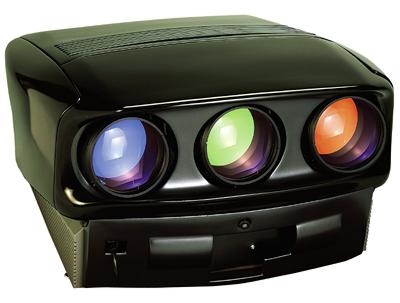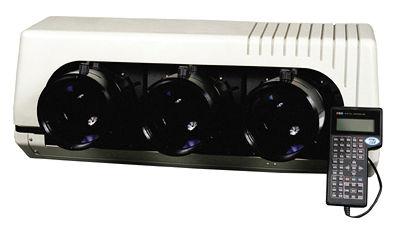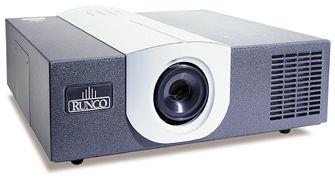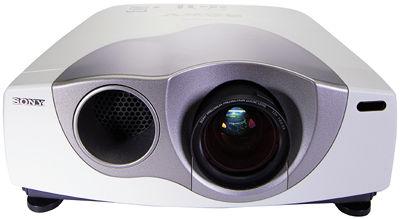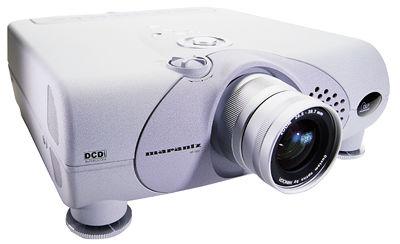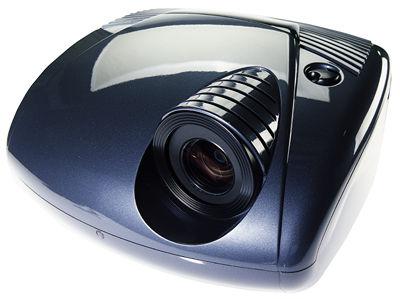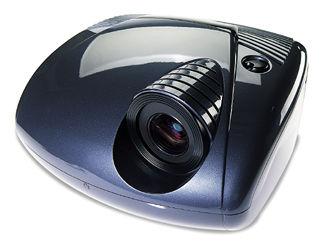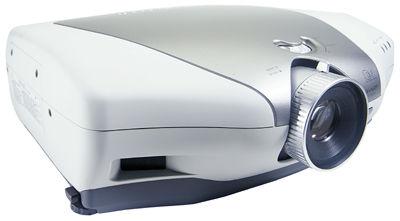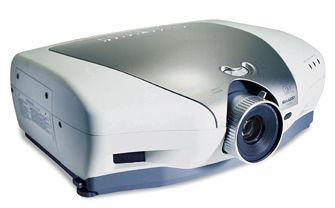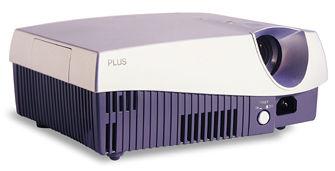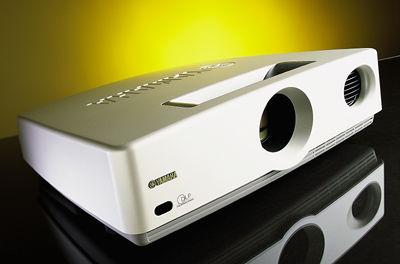|
Sep 30, 2002
|
Aug 05, 2002 |
First Published: Aug 06, 2002
|
Jun 11, 2002 |
First Published: Jun 12, 2002
|
May 09, 2002 |
First Published: May 10, 2002
|
Jan 03, 2002 |
First Published: Jan 04, 2002
|
Dec 29, 2001 |
First Published: Dec 30, 2001
